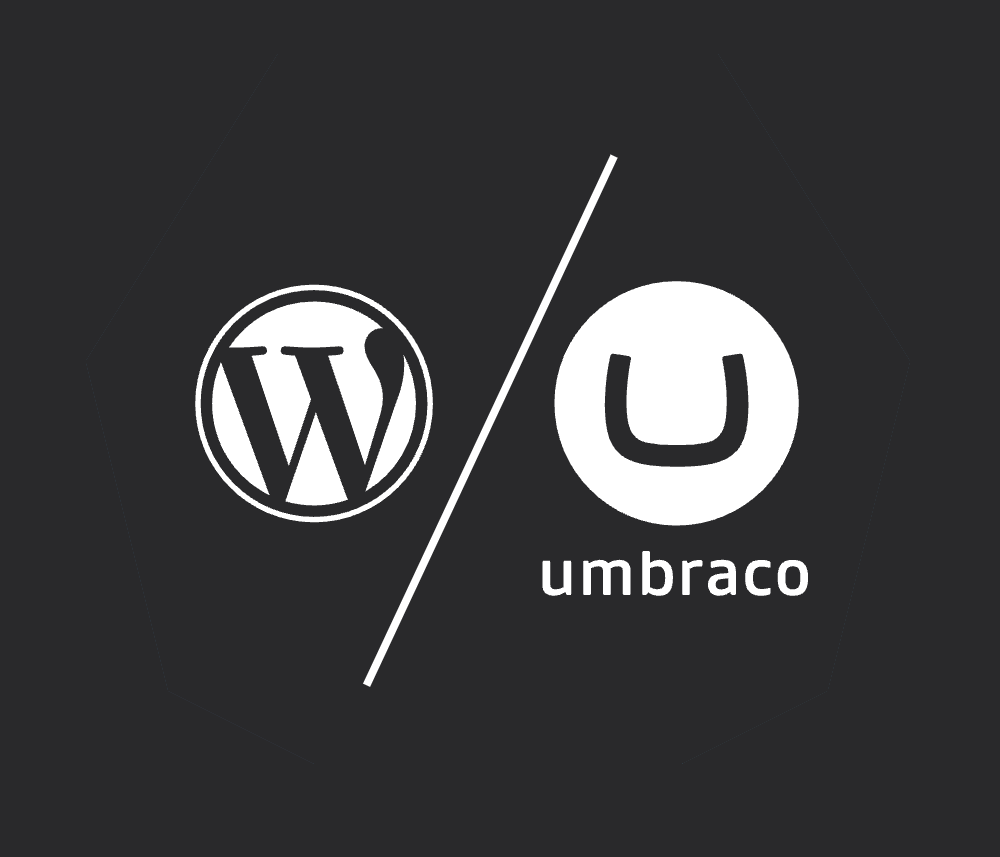Why Multi-Vendor Quotes Result in Failed Website Projects
Chris Osterhout SVP of Strategy#Industry Insights, #Digital Strategy

We look at why sending out a RFP and getting quotes from multiple vendors is not the best approach to a website project.
Creating a budget for a website redesign project is an inherently complex endeavor, encompassing everything from gathering requirements, to front end design, to back end programming, to quality control testing. However, one of the biggest problems in determining these budgets comes from the fact that the individuals tasked with creating a budget are non-technical.
That’s not a failing; everybody has their areas of expertise, and people in charge of budgets are skilled in areas of money and business, bringing value to their company. However, this usually means that when it comes to the technical requirements of a website redesign project, they don’t know what to ask for, and they don’t have the full understanding of what they need from a technology and implementation perspective for their website to be successful.
Since these individuals don’t have a full understanding of these requirements, when it comes to determining a budget for these projects, they often resort to the “tried and true” method of the Request for Proposal, or RFP. But historically speaking, asking a number of different organizations to provide budgeted solutions based on high level business requirements usually doesn’t work very well or result in successful project implementations.
You may be asking, “What’s wrong with getting quotes from multiple vendors?” While the RFP process is familiar and seems to make sense for an organization that wants to get the most value out of their website project, we don’t believe that it is the best option. Here are three reasons why this is the case:
1. You Don’t Have Stakeholder Buy-In
Many organizations approach a website project by listing their requirements, then asking vendors how much they should invest in order to meet those requirements. We believe that it should be the other way around: an organization should specify their budget, then determine what requirements will be possible within that budget.
If you haven’t set a budget for your website project, your organization’s decision makers won’t be interested in making an investment. In order to secure this stakeholder buy-in, you need to know how much you are willing to invest in your site annually based on the ROI that you want to achieve from the site.
As an analogy, consider how you approach investing in your 401(k) retirement account. You want to achieve a certain return on your investment (for example, you might have a goal of receiving $5,000 per month after you retire), so you’ll need to determine how much you need to invest in the account now in order to achieve this goal. You should approach your website in the same way, determining how much you are willing to invest in order to achieve your goals.
2. You Don’t Have Real Requirements or KPIs
When you’re approaching a website project, you have most likely defined what you would like to be included, but without an understanding of the technology behind the site, these aren’t real requirements. In this initial form, these are high level “wants” rather than actual specifications.
Before fully defining the requirements of your site, you need to be able to understand what it will take to turn your wants into technical specifications. Without a full understanding of your requirements or the Key Performance Indicators (KPIs) that you want to meet, vendors who respond to a RFP are taking a shot in the dark, with no real guarantee that they will be able to deliver the results you need.
For another analogy, imagine that you are building a house. You may have a list of things that you want to include, like hardwood floors, granite countertops, and cherry cabinets, but simply listing these wants will not give you a real idea of the actual costs involved. Before getting bids on construction, you need to have a blueprint of the house, so that the builders will know exactly what specifications they will need to follow.
3. You’re Not Looking for Partnership
Many organizations aren’t looking for a long term relationship with their vendors. Instead, they approach it as a “one and done” affair, placing an order with the vendor and receiving delivery of the final product. Unfortunately, this type of relationship can result in a subpar product, with the vendor delivering a website that works for the moment, but isn’t built to stand the test of time.
If you want your website project to be truly successful, both parties need to be invested in its success. At Diagram, we believe in the importance of partnership, and we don’t consider a website project to be finished as of its launch date. Instead, we’ll be there for the long haul, helping you iterate and improve your site over time and address your developing needs and goals.
Why Do Multi-Vendor Bids Fail?
When you receive several bids in response to your RFP, you most likely won’t pick the highest or lowest quote; instead, you’ll choose one that’s somewhere in the middle. That doesn’t mean that this is the best way to meet your requirements; it simply seems like the best monetary value.
However, this means that the project was probably not scoped very well, and the project will see a lot of “scope creep” as the vendor determines what technical specifications will be needed to meet your requirements. This will result in a large number of change orders, budgetary issues, and time delays, and while the final product may meet some of your initial requirements, it will probably not provide you with the ROI you are looking for.
Due to this frustrating process, your relationship with your selected vendor will most likely not survive beyond the life of the project. That means that the next time you need to update your site, you’ll be back in the same boat, ready to begin the RFP process anew.
At Diagram, we usually don’t take on clients who don’t have an established budget for their website projects. Instead, we seek to form lasting partnerships with our clients, letting them know that we’ll be there throughout the entire redesign process and beyond, working with them to address their continuing needs for years to come.
What’s more, we practice what we preach, utilizing the same technologies that we advise our clients to take advantage of. We want to have a relationship in place that will equate our clients’ success with our own success, and we believe that this mindset is what really makes the difference between a project’s success and failure.
If you want to know more about partnering with Diagram, please don’t hesitate to contact us. We look forward to working with you to help you find success with your digital strategy!
Related Posts

Why Choose a CMS?
We look at the advantages that a Content Management System (CMS) can bring to your digital and content marketing strategy.

Umbraco Cloud vs WordPress
Discover why Umbraco outshines WordPress with superior support, security, and a hybrid CMS architecture, offering a meticulously vetted, versatile platform for modern web development.
Results Matter.
We design creative digital solutions that grow your business, strengthen your brand and engage your audience. Our team blends creativity with insights, analytics and technology to deliver beauty, function, accessibility and most of all, ROI. Do you have a project you want to discuss?
Like what you read?
Subscribe to our blog "Diagram Views" for the latest trends in web design, inbound marketing and mobile strategy.
